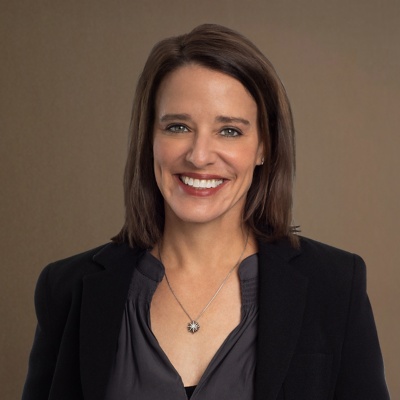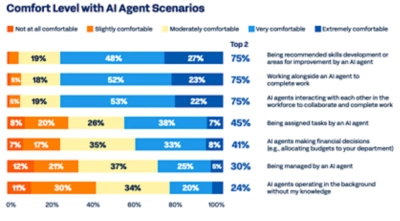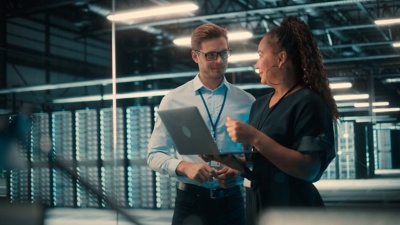AI is reshaping the world of work, and with that comes a lot of big questions.
The conversations I¡¯m having with CHROs are less about the "what" of AI and more about the "how." How do we navigate this new level of transformational change? How do we prepare our people for a very different kind of work? Where should we be moving fast, and where should we dip our toes in before fully diving in head first?
On one hand, there's the undeniable pressure to leverage AI for efficiency and productivity. On the other, there¡¯s an equally strong pull to keep people¡ªour most valuable asset¡ªat the center of everything we do.
What I see¡ªand personally believe¡ªis that the future of work isn't human or AI; it's a powerful partnership between the two, driven by a deep understanding of when, where, and how to deploy human talent and AI capabilities. We are better together. Humans should always be at the center, and AI is here to help us maximize our potential and focus on what we uniquely do best.
Imagine if AI wasn¡¯t just a tool for clearing away repetitive tasks, but a partner that expands how we think, create, and solve problems together¡ªsurfacing insights we¡¯d otherwise miss, sparking ideas we might not reach on our own, and helping us build stronger connections. This new relationship isn¡¯t about replacing human skill but about augmenting it, allowing us to unlock unprecedented potential within our organizations.
Here are three considerations for leaders as they build a human-AI partnership.




